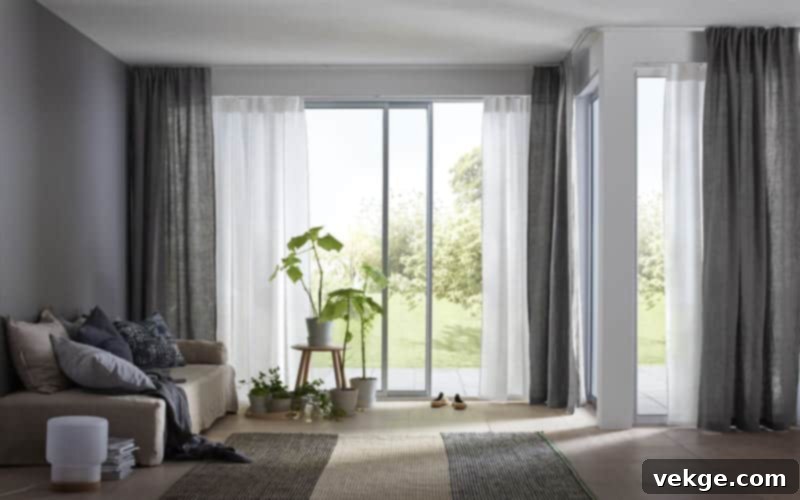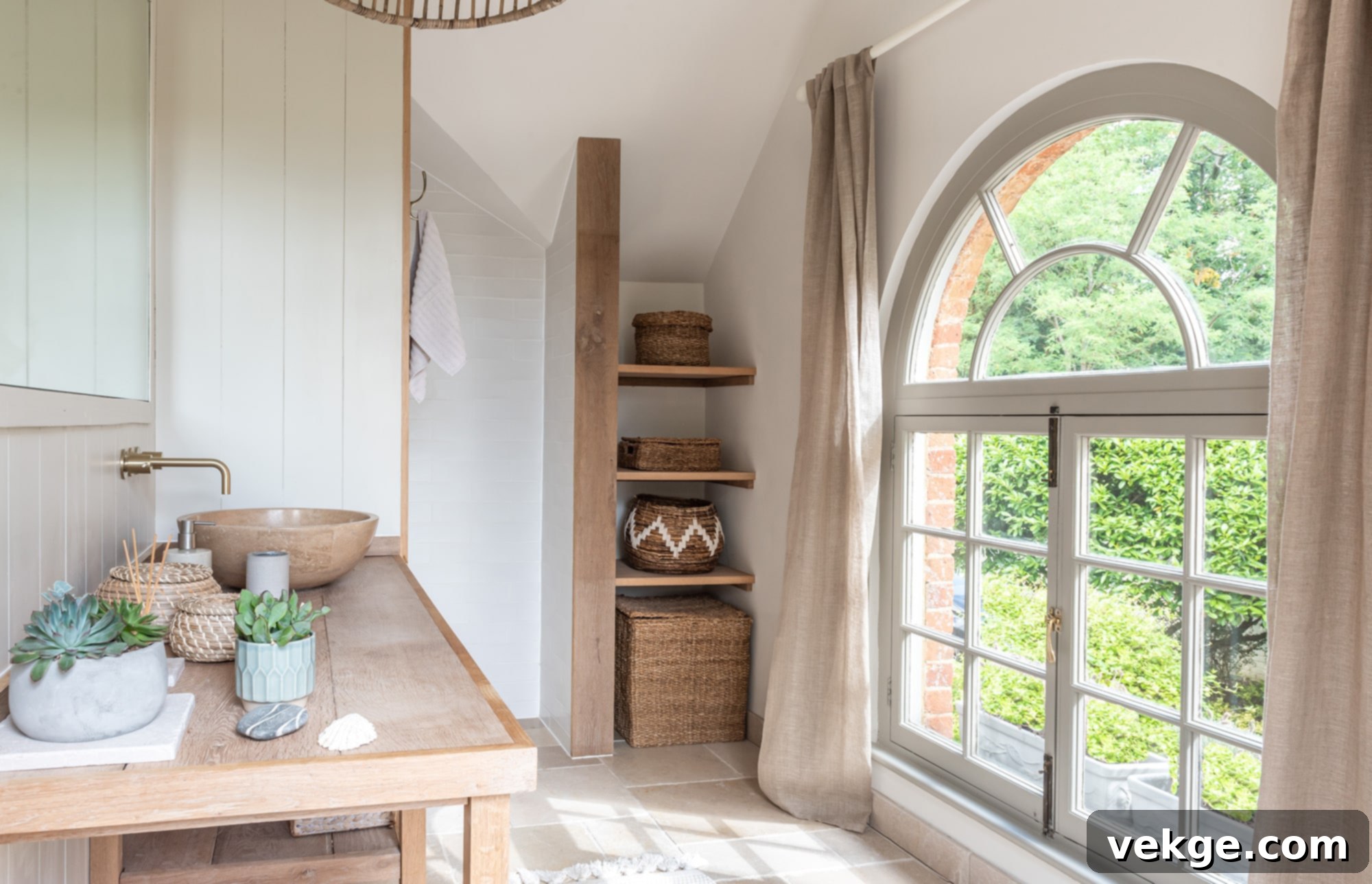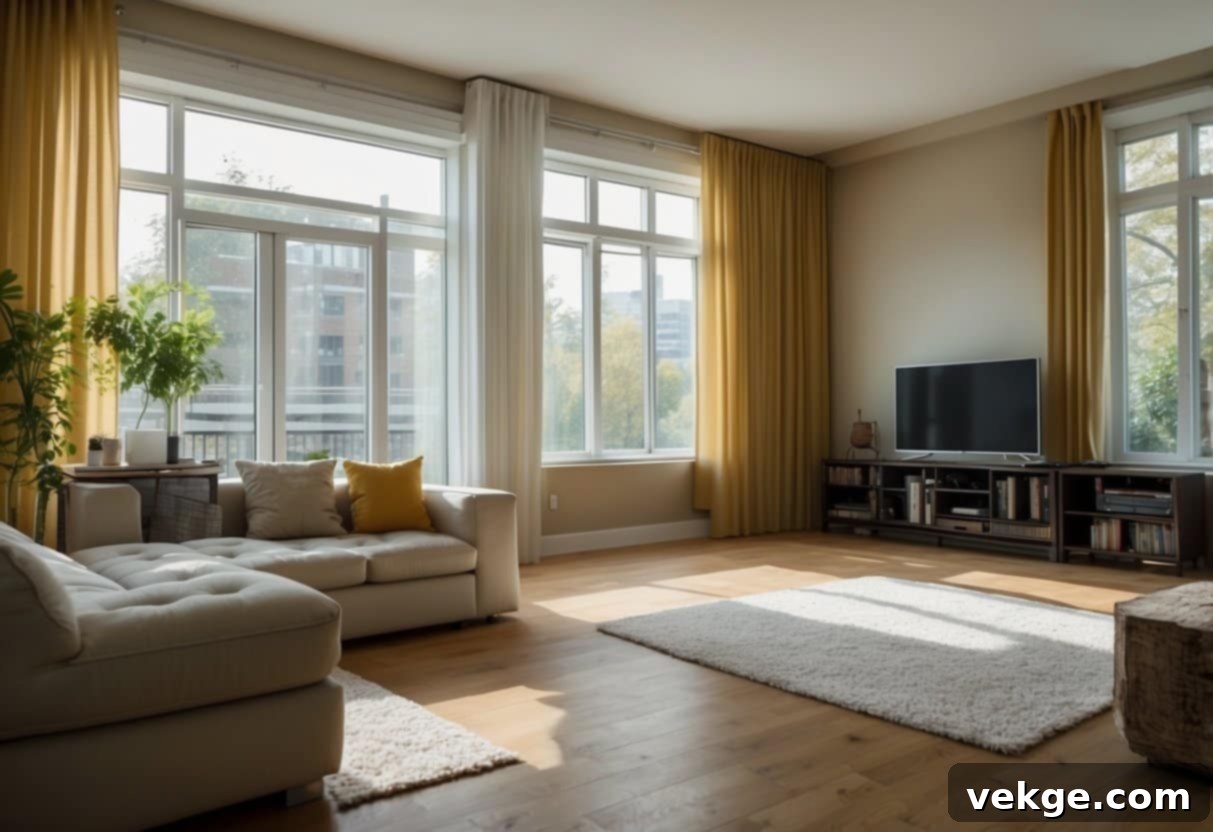How Many Curtain Panels Do You Need? The Definitive Guide to Perfect Window Dressings
Transforming the look and feel of any room often begins with the right window treatments. Choosing the correct number of curtain panels is a pivotal decision that impacts not only the aesthetic appeal but also the functionality of your space. Whether you’re aiming for a lavish, flowing drape or a sleek, minimalist look, understanding how to calculate the ideal number of panels is key to achieving a polished and inviting atmosphere. This comprehensive guide will walk you through every step, from accurate measurements to final calculations and design considerations, ensuring your windows are dressed to perfection.
The Foundation: Why Panel Count Matters for Your Windows
The number of curtain panels you choose goes beyond mere coverage; it dictates the entire mood and utility of your window treatments. Get it right, and your room feels cohesive and thoughtfully designed. Get it wrong, and you could end up with a sparse, unfinished, or overly crowded look.
Aesthetic Impact: Fullness, Drape, and Style
The primary reason for precise panel calculation is achieving the desired fullness. Curtains that are too narrow will look stretched and uninviting, failing to provide the luxurious drape that elevates a room. Conversely, too many panels can create excessive bulk, making the window appear heavy and cluttered. The ideal panel count allows the fabric to gather beautifully, whether pulled open or closed, contributing to an elegant and balanced visual.
Functional Benefits: Light Control, Privacy, and Insulation
Beyond aesthetics, the right number of panels ensures your curtains perform their practical functions effectively. Adequate coverage is crucial for privacy, preventing unwanted views into your home. It’s also vital for optimal light control, allowing you to block out sunlight for sleep or media viewing, or filter it for a softer ambiance. Furthermore, properly sized curtains can offer significant insulation, helping to keep your home warmer in winter and cooler in summer, potentially reducing energy costs.
Budget Considerations
While often overlooked, the number of panels directly impacts your budget. Ready-made panels are typically sold individually or in pairs. Calculating precisely what you need can help prevent overspending on unnecessary fabric or, worse, having to purchase additional panels later, which might not match due to dye lot variations.
Understanding Your Window Dimensions: The First Step to Perfect Curtains

Accurate measurements are the cornerstone of any successful curtain installation. Taking the time to precisely measure your window’s width and the desired curtain length will simplify the entire process and guarantee a flawless fit. Experts recommend focusing on these two critical dimensions for effective coverage and a professional look.
Mastering Window Width Measurement
Start by measuring the width of your window from frame to frame. However, to achieve the most appealing look and allow for curtain fullness when closed, you’ll need to extend your measurements beyond the window frame. A general rule of thumb is to add an extra 4 to 8 inches (10-20 cm) on each side of the window. This allows the curtain rod to extend wider than the window itself, ensuring that when the curtains are fully open, they clear the window glass completely, maximizing natural light.
For pencil pleat, grommet, or ring-top curtains, which are designed to gather, multiply this total rod width (window width + extensions) by 1.5 to 3 times, depending on the desired fullness. A 1.5x fullness provides a more relaxed, modern look, while 2x is standard and luxurious, and 2.5x to 3x creates a very opulent, full drape, ideal for formal spaces or for complete light blockage.
Remember that rod placement significantly affects perceived width and height. Installing your curtain rod higher and wider than the window frame can make the window appear larger and more grand, enhancing the overall appearance of the room.
Pinpointing the Ideal Curtain Length
Determining the correct curtain length involves both functional and aesthetic considerations. Standard curtain lengths are commonly available in 63, 84, 96, and 108 inches, catering to various window heights and design preferences. Before you measure, decide where you want your curtains to end:
- Hover/Sill Length: Curtains that end just above the windowsill or just above the floor (typically 1/2 to 1 inch clearance). This look is clean, practical, and ideal for rooms where curtains might be frequently opened and closed, or where furniture is placed directly beneath the window.
- Kiss/Break Length: Curtains that gently ‘kiss’ or just touch the floor. This is a classic and elegant look that flows beautifully without excess fabric.
- Puddle Length: For a more dramatic and luxurious effect, curtains are allowed to puddle on the floor. A slight puddle (2-4 inches) offers a relaxed, romantic feel, while a more generous puddle (6+ inches) creates a grand, opulent statement. Be aware that puddling requires more fabric and can be less practical in high-traffic areas or homes with pets and small children.
Measure from the top of your curtain rod (where the curtain rings or grommets will rest) down to your chosen endpoint. Always take measurements in a few spots across the window to account for any unevenness in floors or window frames. Also, be aware of obstructions like radiators, window seats, or furniture that might interfere with your chosen length. For child and pet safety, ensure cords on blinds or shades (if layered with curtains) are secured, and consider cordless options.
Calculating Panel Quantity: Achieving the Desired Fullness and Coverage

Once you have your precise window dimensions and have decided on your desired curtain length, the next crucial step is calculating how many curtain panels you’ll need. This involves considering the desired fullness, the width of individual panels, and a straightforward calculation process. Each element plays a vital role in achieving the desired aesthetic and functionality of your window treatments.
The Art of Fullness: Choosing Your Ratio
As mentioned, fullness refers to the amount of fabric gathered when your curtains are closed, directly impacting their overall appearance and drape. It’s typically expressed as a multiple of your total measured rod width:
- 1.5x Fullness: This offers a minimalistic, contemporary look with less gathering. It’s suitable for sheer curtains where you want a subtle wave, or for very heavy fabrics that would otherwise look too bulky.
- 2x Fullness (Standard): The most common and recommended fullness. It provides a rich, elegant drape without being overly bulky, suitable for most fabric types and room styles.
- 2.5x Fullness: Delivers a more luxurious and opulent appearance with denser gathers. Ideal for formal rooms, blackout curtains where light leakage is a concern, or for adding significant texture.
- 3x Fullness: Creates a lavish, very full, and dramatic look. Best for lightweight fabrics or for achieving maximum privacy and insulation with significant fabric gathering.
When selecting your fullness ratio, also consider the fabric type. Sheer fabrics often benefit from higher fullness ratios (2.5x to 3x) to create a more substantial presence, while thick, heavy drapes might look best at 1.5x to 2x fullness to avoid excessive bulk.
Coverage is equally important, especially for privacy and light control. For rooms requiring complete darkness or enhanced privacy, ensure your calculation allows for generous overlap of panels in the center, and consider blackout-lined curtains that extend slightly beyond the window frame.
Understanding Panel Widths: Ready-Made vs. Custom
The width of each individual curtain panel is a critical component in your calculation. Most ready-made curtain panels come in standard widths, typically ranging from 40 to 60 inches (approximately 100 to 150 cm). It’s essential to check the specified width of the particular panels you intend to purchase, as this can vary significantly between brands and styles.
When working with ready-made panels, you’ll often find that you might need multiple panels to achieve the desired fullness for your window. If your window is very wide, you might even need more than one panel for each side. Custom curtains, on the other hand, are made to your exact specifications, offering perfect width and fullness without the need to piece together multiple panels, though they typically come at a higher cost.
Before making a purchase, measure the exact width of the curtain fabric itself, excluding any headers or pleats, to ensure your calculation is based on the actual usable width that will contribute to coverage and fullness.
Step-by-Step Panel Calculation
With your desired rod width (window width plus extensions) and chosen fullness ratio in hand, you can easily calculate the number of panels:
- Determine Total Fabric Width Needed: Multiply your total measured rod width (e.g., 70 inches) by your desired fullness ratio (e.g., 2 for standard fullness).
Example: 70 inches (rod width) × 2 (fullness) = 140 inches of total fabric width needed. - Find Individual Panel Width: Check the width of the curtain panels you plan to buy (e.g., each panel is 50 inches wide).
- Calculate Number of Panels: Divide the total fabric width needed by the width of one individual panel.
Example: 140 inches (total fabric needed) ÷ 50 inches (per panel) = 2.8 panels.
Since you can’t buy a fraction of a panel, you should always round up to the nearest whole number. In our example, 2.8 panels would round up to 3 panels. This ensures you have ample fabric for fullness and a beautiful drape. If your window requires curtains that open from the center, you’ll want an even number of panels (e.g., two for a standard window, or four for a very wide window) to distribute them evenly on each side.
Beyond the Numbers: Styling Your Curtains for Impact
Calculating the right number of panels is crucial, but remember that curtains are also a key element of your room’s decor. Consider these styling elements to truly elevate your window treatments:
Layering for Style and Function
Layering window treatments can add depth, sophistication, and enhanced functionality. Consider pairing sheer panels with heavier drapes. The sheers offer filtered light and privacy during the day, while the drapes provide complete light blockage and insulation at night. When layering, ensure your rod can accommodate the extra weight and width, and adjust your panel count calculations for each layer.
The Role of Hardware and Accessories
The curtain rod, finials, and tie-backs are not just functional; they are integral to the overall aesthetic. Choose hardware that complements your room’s style and the weight of your curtains. Decorative rods and finials can add a touch of elegance, while tie-backs or hold-backs help to frame the window beautifully when the curtains are open, influencing how the panels stack and look.
Fabric Choice and Its Influence
The weight, texture, and pattern of your chosen fabric will significantly influence how your curtains hang and the perceived fullness. Lightweight linens and sheers create an airy, ethereal feel, often requiring more fullness. Heavier velvets or damasks offer a more formal, insulating presence, and might require less fullness to avoid a bulky look. Patterns can also dictate how panels are joined or centered, affecting the final layout.
A Quick Checklist for Curtain Panel Success
- Measure window width (frame to frame).
- Add 4-8 inches extension on each side for the rod.
- Measure desired curtain length (from rod to chosen endpoint).
- Decide on your desired fullness ratio (1.5x, 2x, 2.5x, 3x).
- Find the width of individual curtain panels you plan to buy.
- Calculate: (Total Rod Width x Fullness Ratio) / Individual Panel Width.
- Round up to the nearest whole number for total panels.
- Consider layering, hardware, and fabric choice for styling.
- Double-check all measurements before purchasing!
In summary, accurately measuring for curtains and carefully calculating the number of panels are essential steps to achieving a polished, functional, and beautiful look for your windows. Well-chosen and perfectly hung curtains not only enhance the aesthetic appeal of your home but also contribute significantly to a cozy, private, and inviting atmosphere. By following this guide, you can confidently select the perfect window dressings that reflect your style and meet your needs.
